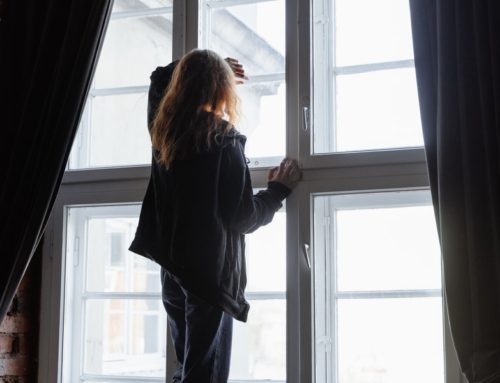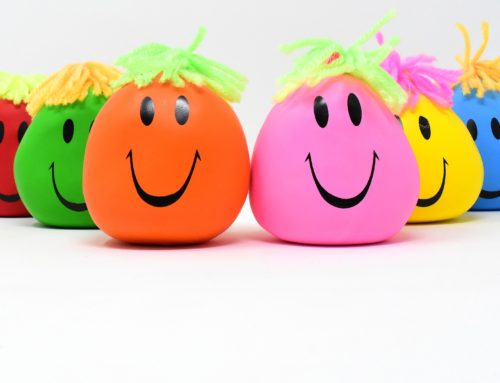In our everyday lives we use the words sad and “depressed” as if they’re interchangeable conditions, but they’re far from it. Everyone gets sad from time to time, usually for a particular reason, yet most forms of depression lack a definite source. Depression is characterized by a change in the way we feel and think and the way we do things. Depression involves a feeling of deep, chronic sadness. It leaves us without any zest for life and usual activities we really love no longer bring any joy. In fact, people with depression lose all interest in things they used to enjoy.
Depression often brings problems with sleeping and changes in one’s appetite. Disturbed appetite, feelings of irritability and anxiety are common and feelings of hopelessness helplessness and guilt are very common in depression. Thoughts of suicide are also a common part of depression, although not everyone experiences them.
It’s often a surprise to people that there’s more than one kind of depression, but there are there are several significant varieties. Most share many symptoms with major depression. commonly diagnosed mood disorders. Here are three of the most common.
Major Depression (Clinical Depression)
Major depression is common in the United States, with about 20 percent of the population having at least one episode in their lifetime, while 10 percent of the population at any given time experiencing major depression.
Its signs and symptoms include:
- Persistent feelings of deep sadness
- Poor concentration
- Poor memory
- Lack of pleasure in one’s favorite activities, an inability to enjoy one’s self (anhedonia)
- Feelings of guilt and shame
- Feelings of helplessness, hopelessness
- Unusually pessimistic outlook
- Feeling restless or agitated
- Outbursts of temper
- Loss of interest in socializing
- Withdrawing from friends and loved ones
- Lethargy
- Insomnia or hypersomnia (sleeping too much)
- Recurrent morbid thinking
- Unusual, unintended weight loss or gain
To be diagnosed with depression, you must have experienced five of these symptoms, including persistent sadness, every day for a period of two weeks.
Dysthymia (Persistent Depressive Disorder)
Dysthymia, also known as persistent depressive disorder, is a chronic form of depression. It’s not as severe as major depression, but still causes people to struggle with feelings of hopelessness, sadness, and an inability to feel happy. The symptoms of dysthymia may lessen over time and may go away for a month or two, but they always return.
Dysthymia is sometimes called “mild,” or “high-functioning” depression.Dysthymia can exist alongside major depression, leading to a condition known as “double depression”
Adjustment Disorder (Situational Depression)
Adjustment disorder, often called reactive depression or situational depression is related to a serious stress or stresses. Unlike other forms of depression, adjustment disorder is not caused by problems in the brain’s chemistry but is wholly caused by external events. Adjustment disorder is much more severe than what people refer to as sadness and can bring a person’s life to a halt. Situations that provoke adjustment disorder include the death of a friend or loved one, divorce, acute illness, retirement, moving to a new city, even changing jobs. The key is that adjustment disorder will improve with brief interventions, like counseling, or even on its own. Other forms of depression rarely if ever remit without significant assistance.
Damaris Aragon, ARNP, BC provides a full spectrum of mental health care to people in Spokane, Washington and surrounding areas. She focuses on providing personalized, compassionate care that adheres to current evidence-based standards. Reach out to Damaris through her contact page or calling 509-342-6592.






